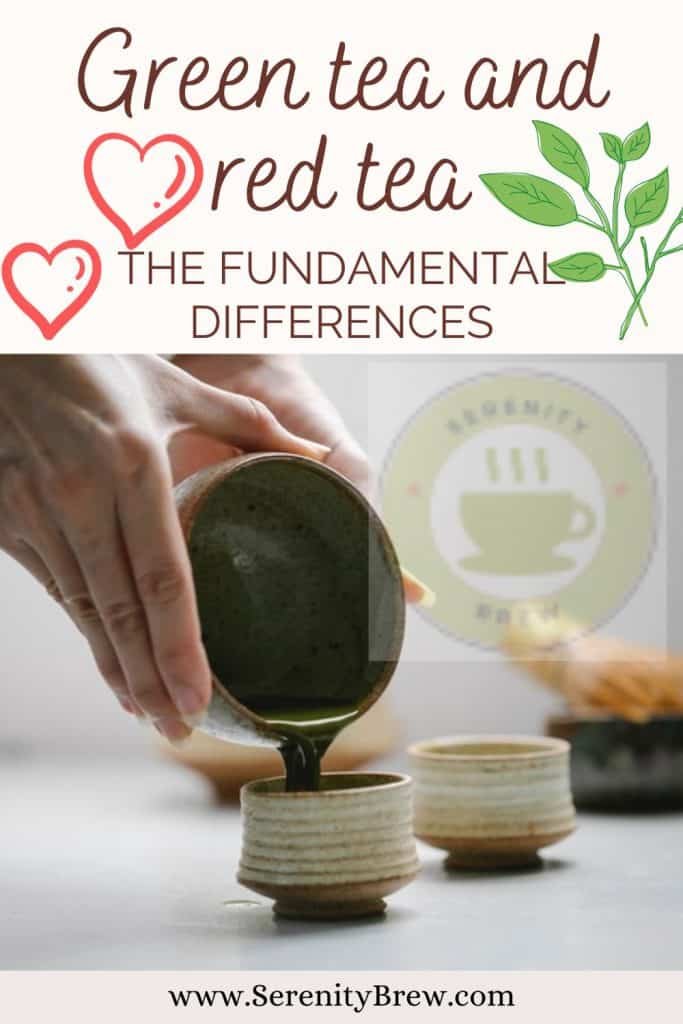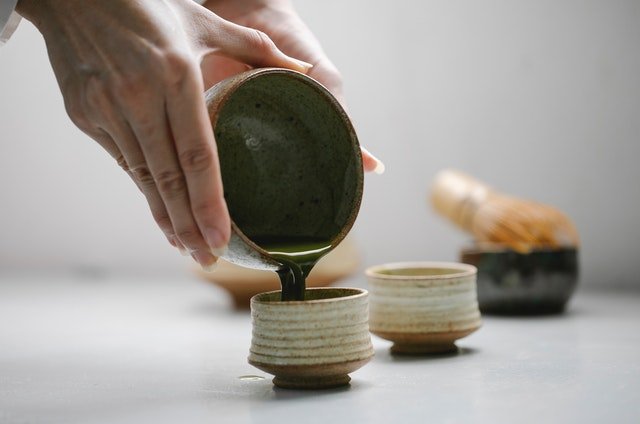
There are two teas that have become particularly popular for their use in weight loss diets. Both red tea and green tea have properties that have made them common aids in these situations.
However, these are teas that are obtained with very different production methods. This is the root of profound differences in its properties for taste and health. Let’s analyze what distinguishes a red tea from a green tea.
How are red tea and green tea alike and how are they different?
The reality is that between both varieties of tea there is a long list of things in common and differences. Below, we will make an effort to determine what brings together and what separates a green tea from a pu-erh.
Raw material and processing
Both green tea and pu-erh are made from the leaves collected from the tea plant, Camellia sinensis. Remember that only the leaves of this plant are considered tea. That is to say that although teas are infusions, not all infusions are teas.
In particular, to make green tea, the young leaves are collected in harvests that can be repeated several times a year. Once collected, they do not undergo any oxidation process, although this occurs minimally naturally.
To stop this process, different techniques are carried out depending on the place of tea production. In the case of Chinese green tea, the leaves are roasted in large woks over open fires, while the Japanese steam the leaves on bamboo trays. Once oxidation has stopped, the leaves are rolled up and dried.
In the case of red tea, oxidation is a very important part of obtaining its flavor, but unlike other teas, there is an additional and very particular phase. Once the leaves have gone through the oxidation process, they undergo a fermentation process in which bacteria and molds create new chemical compounds that give the pu-erh its unique flavor.
This process affects the taste of the leaves, softening their flavor. You must bear in mind that it can be carried out for a few months and even for years. The length of fermentation will change the nuances of the tea, with the oldest pu-erh being the most expensive and coveted.
Taste
It is easy to distinguish the taste of a green tea from a red one. The changes in the aromas produced by fermentation are evident even if you do not have a trained palate.
The aromas of pu-erh vary depending on its degree of fermentation. The “younger” teas tend to be more astringent, floral and with a pleasant bitter aftertaste, while the older ones have softer, more complex and rounded flavors where it is possible to distinguish hints of mold or earth.
For its part, and although it is an extensive family, the aromas of green tea are usually classified in a general way as herbaceous or floral. In addition, the body of its infusion is usually light and refreshing in texture.
Caffeine level
As we saw in our previous article, tea has caffeine. In reality, the equivalent substance is called theine, although it is actually the same compound. Caffeine is famous for its stimulating effect. Now, which tea has more caffeine: green or red?
We will surely surprise you when we tell you that green tea has a higher caffeine content than red: between 25 and 29 mg of theine per cup compared to 22 mg of theine per cup.
The price
The production of green tea is much broader than that of red tea, so its price, except for high-end green teas, is more accessible.
Red tea is a product with a longer manufacturing process, especially if we take into account mature varieties, which require fermentation times that can take years. In these cases, highly coveted teas are obtained at prohibitive prices. Of course, there are varieties of red tea that exceed the price of green tea but are within the reach of all pockets.
What is the best variety for health?

Tea, in general, provides an interesting amount of antioxidant substances, molecules that have been discovered to help protect the body from the development of chronic diseases. Let’s see below the properties of green tea and red tea:
Lose weight
As we said at the beginning of this article, green tea has become popular for its slimming properties. Several studies have indicated that drinking green tea helps eliminate the concentration of fat in the body, thus promoting weight loss.
For its part, red tea also has proven benefits to prevent the fixation of fats in the body. Its polyphenols help the stomach in digestion and, at the same time, reduce the level of fat.
Which of them is better to lose weight ? The choice is difficult because both, together with a healthy diet and regular physical exercise, contribute to losing those extra kilos.
Minimize the risk of cancer
The polyphenols present in both varieties of tea reduce the risk of different types of cancer. Different animal studies have proven that the components of red tea can attack the cells that make up tumors, inhibiting their proliferation.
Although there are no general data on the action of green tea on cancer cells, it is possible to point out that a particular study on colorectal cancer found that drinking green tea prevents the risk of suffering it, by taking care of the intestinal flora.
Protect the heart
Both green and red tea exhibit properties that help keep blood cholesterol levels in check. Its consumption is even believed to produce reductions in cholesterol concentrations.
By contributing to the reduction of bad cholesterol, they protect cardiovascular health. A 2009 investigation concluded that drinking red tea helps reduce the onset of cardiovascular disease.
Increase defenses
The high content of antioxidants in green tea helps to strengthen the immune system. Although red tea also provides these substances, it loses antioxidants during its fermentation process.
And which one do you prefer: red tea or green tea? At Infusionismo, we can’t choose because we love all kinds of teas! After all, there is always a good time to savor each type of tea, right?
